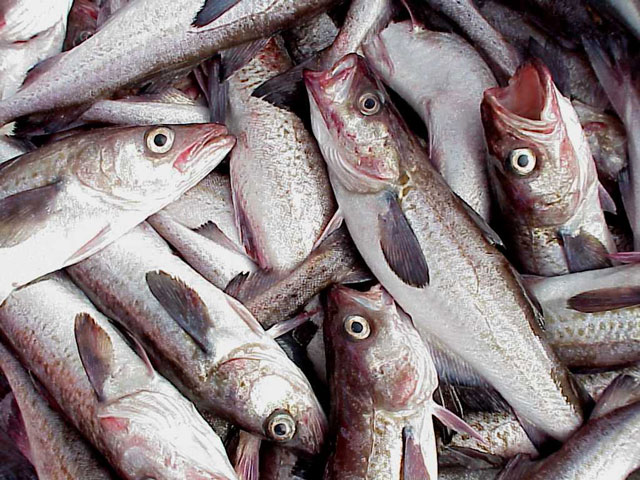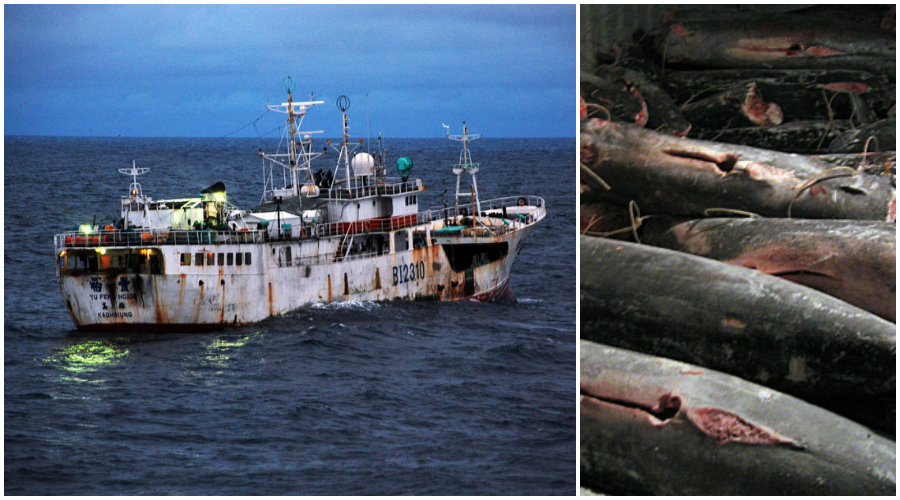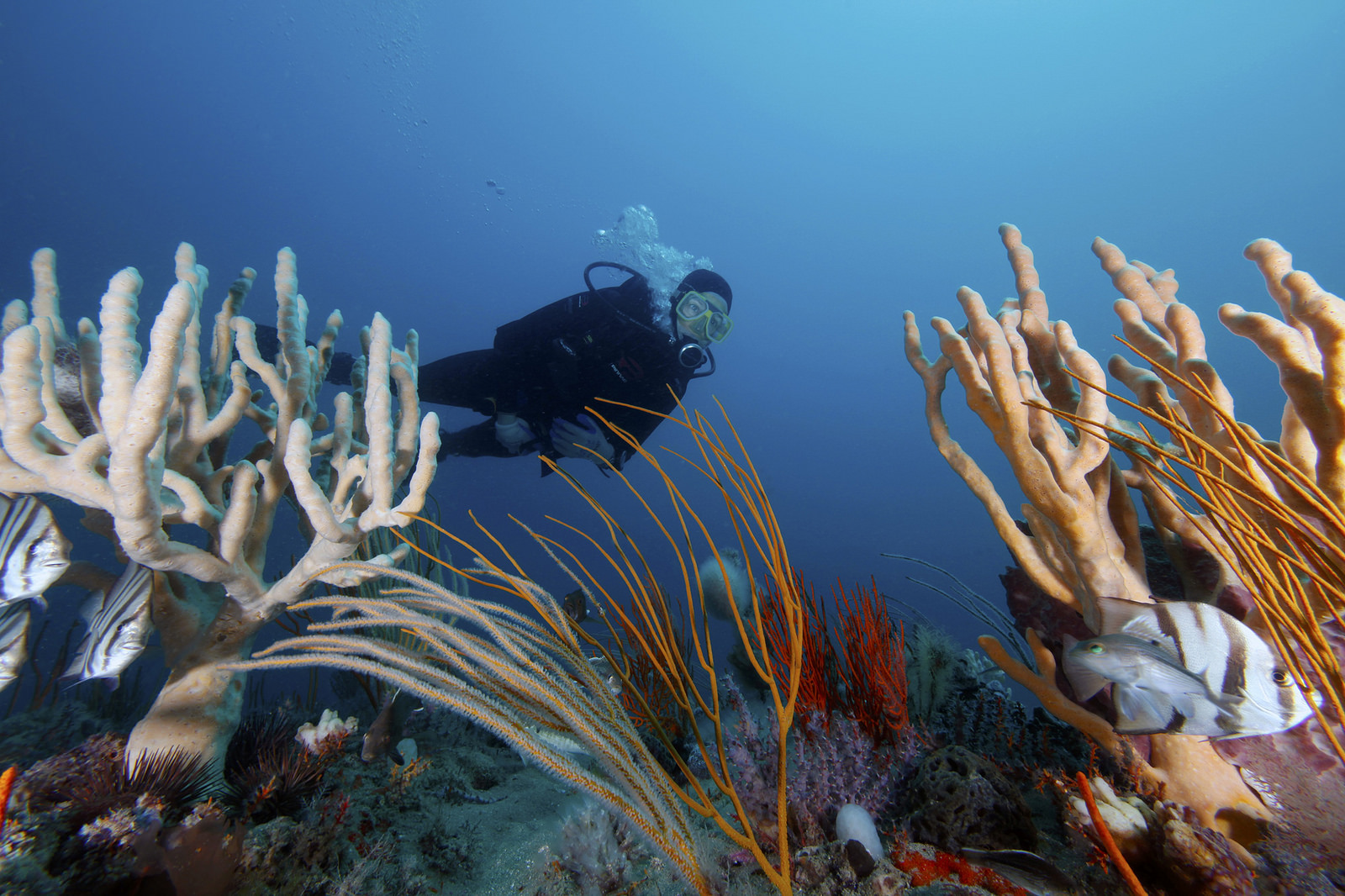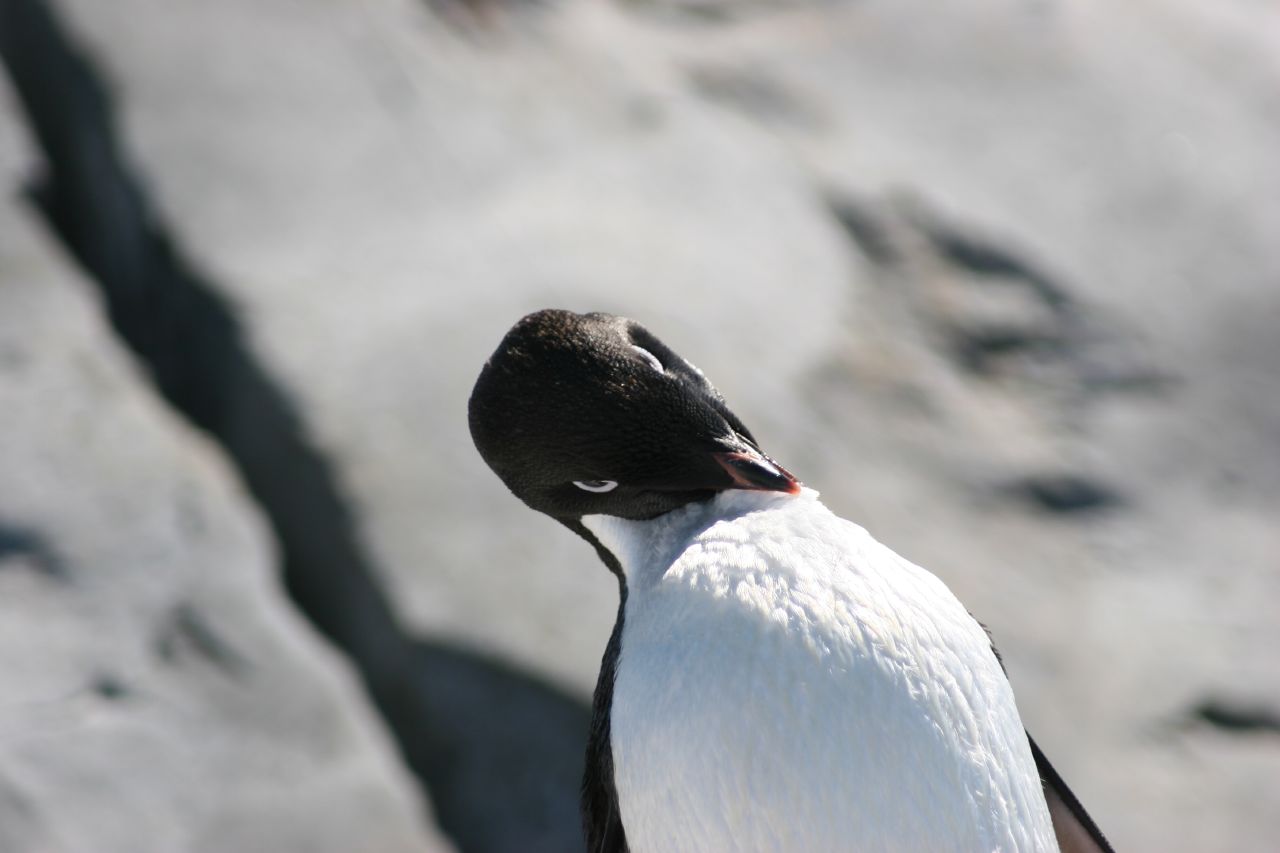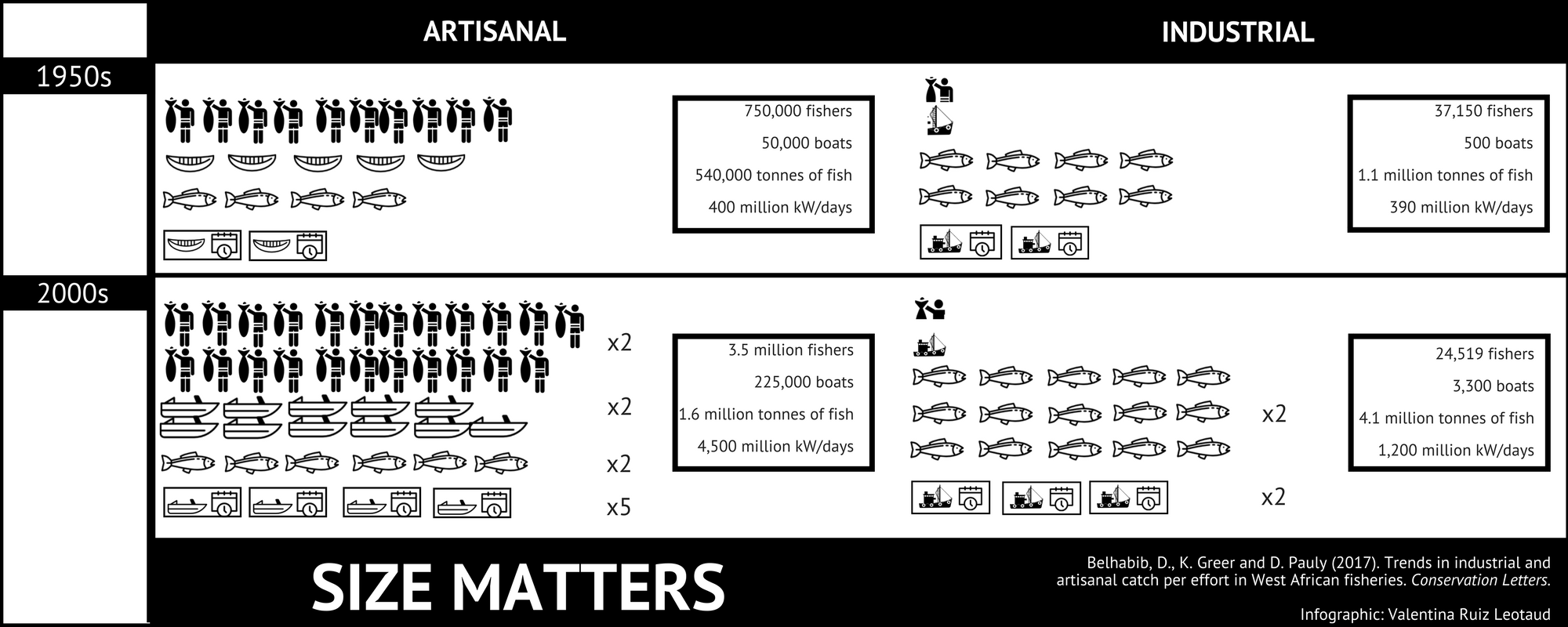Industrial fishing fleets dump nearly 10 million tonnes of good fish back into the ocean every year, according to new research.
The study by researchers with the Sea Around Us – Indian Ocean at the University of Western Australia, and the Sea Around Us, an initiative at the University of British Columbia, reveals that almost 10 per cent of the world’s total catch in the last decade was discarded due to poor fishing practices and inadequate management. This is equivalent to throwing back enough fish to fill about 4,500 Olympic sized swimming pools every year.


